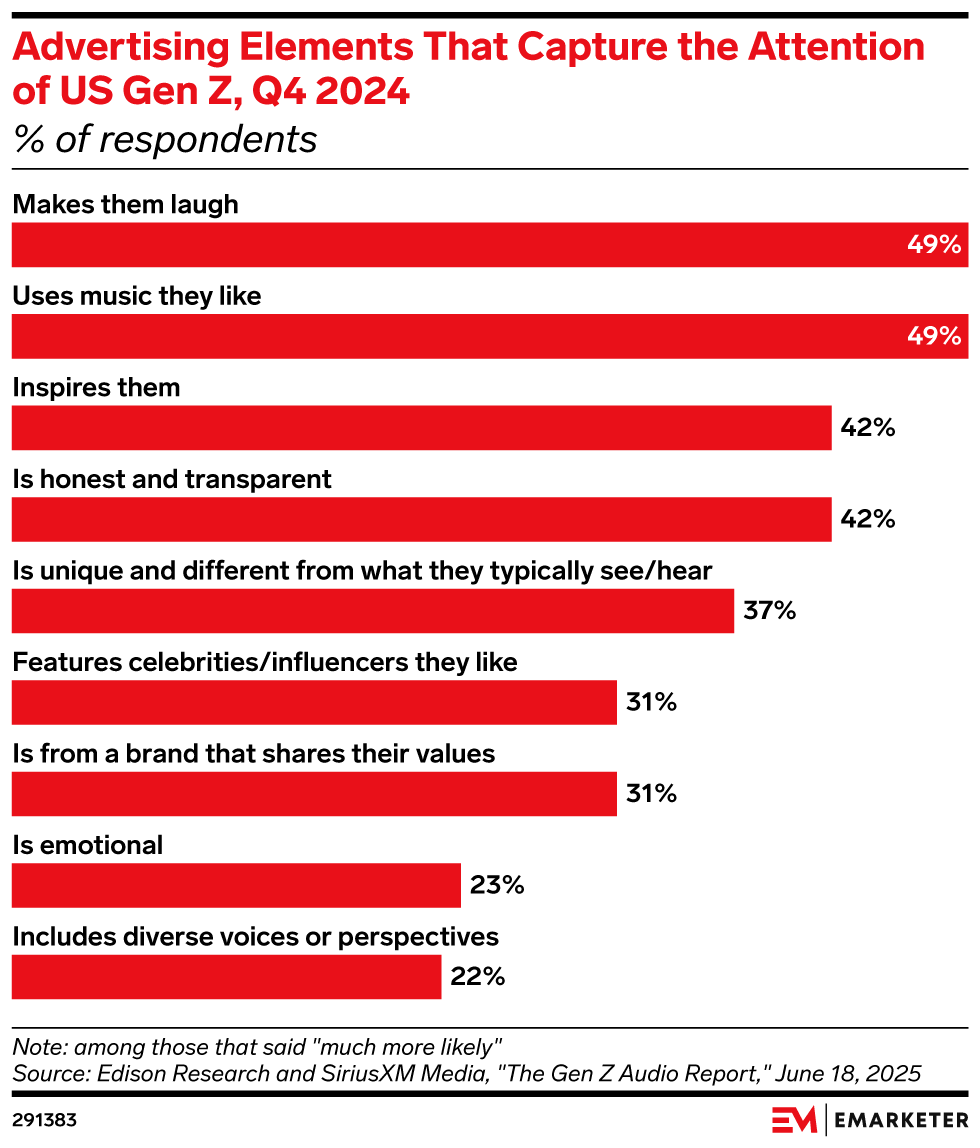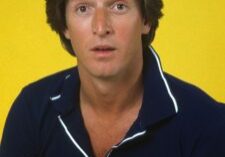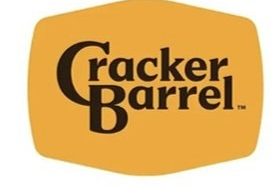One of the challenges facing radio morning shows is knowing how to “read the room.” That is, gaining an understanding how the audience is feeling at a given moment of time—and responding in kind.
Reflecting the pop culture of the moment isn’t always easy, but when talent can tune into the zeitgeist, it has a pretty good chance to do well when it comes to what so many people are thinking and feeling—especially when it’s changing.
We may be going through a moment like that right now. The world is so serious, with one “BREAKING NEWS” headline after another. As we have learned the last several years in our Public Radio Techsurveys, even many hardcore news consumers tell us they often need a break from the news.
One of the most common escapes, of course, is humor. And it comes in many forms: standup, sitcoms, roasts, animation, etc.
But then there’s “stupid humor.” And when we take that to extremes, it can devolve into “STOOPID humor.”
Right now, the idea of stupid humor may not be all that stupid after all. The title of today’s post riffs on the political punchline, “It’s the economy, stupid.”
Well in 2025, our watchwords might be the ultimate turn on that phrase:
“It’s the stupid, stupid.”
This summer’s movie menu may also hold a clue to this year’s pop culture through-line. Here in August, two reboots are making a concerted effort to make us laugh. And they’re doing it via what’s known as stupid humor.
Happy Gilmore 2 is back nearly 30 years after the original debuted. Once again the lead role is played by Adam Sandler. And then there’s The Naked Gun. Leslie Nielsen is no longer on this earth, but this new turn on one of the stupidest movie franchises ever stars the usually super-serious Liam Neeson. Sound stupid? Yeah, that’s the point.
And then, of course, there’s always data to support almost every supposition. The folks at eMarketer recently published a survey based on an Edison Research/SiriusXM Media study called “The Gen Z Audio Report“ conducted less than two months ago.
eMarketer’s title—”Make ’em laugh”—sums up the key sentiment. The key question focused on the factors and characteristics that make young people pay attention to ads.
The common themes—commercials that make them laugh and/or that use appealing music. Nearly half the sample (49%) reported they’re “much more likely” to pay attention to ads that incorporate these elements.

This hierarchy may provide insight for other media. After all, the element of humor—even stupid humor—can connect and provide relief when people are in turmoil and pain.
 That may be the case in public radio where most stations (and their audiences) are still licking their wounds after Congress defunded the entire system. While there are many furrowed brows and wringing hands at public media outlets through the country, WUSF in Tampa is taking matters into their own hands, especially over the weekends.
That may be the case in public radio where most stations (and their audiences) are still licking their wounds after Congress defunded the entire system. While there are many furrowed brows and wringing hands at public media outlets through the country, WUSF in Tampa is taking matters into their own hands, especially over the weekends.
To lighten up the station, they put out a press release earlier this week, heralding the launch of “a fresh slate of new weekend shows (featuring) more long-form storytelling, expert home improvement and cooking tips, travel adventures, and fun conversations about pop culture. Listener favorites are still here, and some are getting additional airtime.”
What does that tell you? When the most serious stations in the U.S. are thinking along the lines of escape, humor, and relief, you know there’s something going on.
You might recall it’s been a looooong time since we’ve tuned in en masse to a hit sitcom. From I Love Lucy to M*A*S*H to Cheers to Seinfeld to Big Bang Theory, you can trace our television history with shows that provided mass appeal laughs. But think back over the past decade or so and you’re hard-pressed to name a sitcom that has captured the American zeitgeist like the aforementioned smash hits.
Our collective desire for laughs when things get a little wiggy can also be tracked. Take one of the stupidest TV shows of all time—The Gong Show. Created at the moment of America’s bicentennial in 1976, the show was the epitome of stupid—and it became a rapid and buzzworthy hit.
Created and produced by the then-unknown Chuck Barris, he became its host, the ringleader of an American Idol talent contest gone very wrong. Before there was Simon Cowell, there was the dapper, smirking Barris gonging untalented people off the stage—in the middle of their acts or songs.
The Gong Show became increasingly inane, trying to feed an insatiable appetite for stupid, especially when “The Unknown Comic” made an appearance:
Is there a “there there” for stupid pop culture content?
Consider this—the new Naked Gun grossed nearly $17 million during its opening weekend, Liam Neeson’s best financial performance in a decade. Happy Gilmore 2 streaming on Netflix attracted nearly 47 million views during its three-day debut, beating all other shows or films on the platform.
Would a “stupid strategy” work on the radio in 2025?
It makes you wonder about that famous Forrest Gump quote:
“Stupid is as stupid does.”
Stupid sells.
Right about now, broadcast radio could use a shot of that.
Special thanks to Paul Jacobs & Dave Richards
To buy “stupid” T-shirts, visit The Rhinestone World here.
Originally published by Jacobs Media









